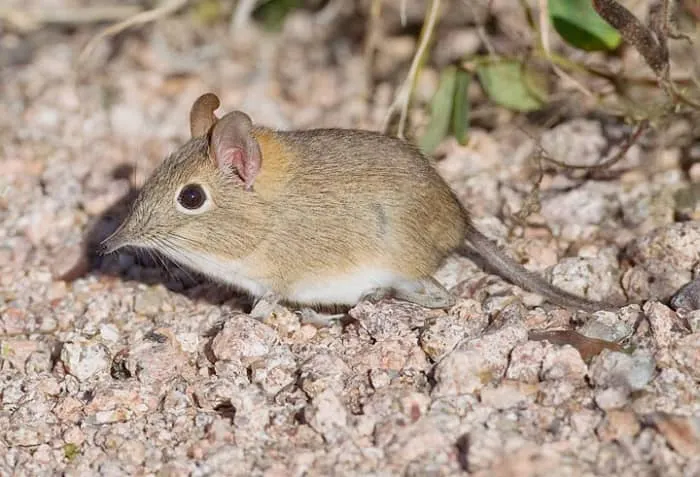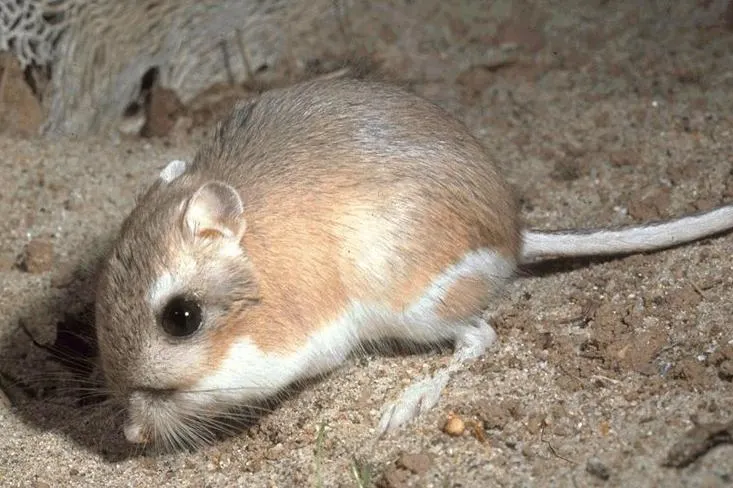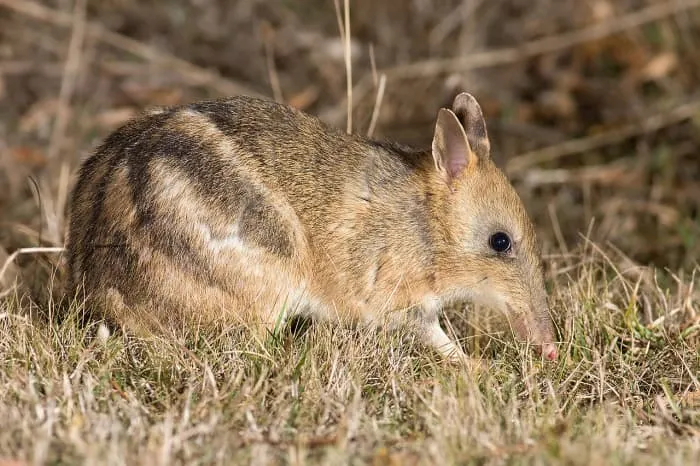“The Long-Nosed Rodent: Habitat and Fascinating Facts”

Rodents are a diverse group of mammals, but few capture curiosity quite like those with an unusually long, pointed nose. One notable example is the elephant shrew—also known as the sengi—which is not a true shrew, despite its name. These small, quick-footed mammals are found mainly in Africa and are instantly recognizable by their elongated snout, which gives them both a distinctive look and remarkable abilities. Here’s an in-depth look at their habitat, behavior, and unique traits.
Habitat and Distribution
Long-nosed rodents like the elephant shrew are primarily found in sub-Saharan Africa, inhabiting a variety of landscapes—from dense forests and woodlands to open grasslands and rocky deserts. Each species has adapted to its environment:
- Forest species prefer leaf-littered floors where they can hide from predators.
- Desert and savanna species thrive in dry, sandy areas, relying on burrows or undergrowth for shelter.
These animals are territorial and often maintain a network of cleared trails within their home range, which they use to move quickly between feeding areas and hiding spots.
Physical Characteristics
Elephant shrews are small, typically 10–30 cm (4–12 in) long, with tails nearly as long as their bodies. Their most striking feature is the elongated, flexible snout, which works much like a small elephant’s trunk—constantly twitching, probing, and sniffing for food.
- Long hind legs allow them to make quick, hopping movements, similar to rabbits.
- Fur coloration varies from reddish-brown to gray, providing excellent camouflage.

Diet and Feeding Habits
These rodents are insectivorous, primarily feeding on ants, termites, beetles, worms, and other small invertebrates. The long nose helps them probe under leaves, bark, and soil, while their sharp teeth crush insect exoskeletons. Some species will also consume seeds, fruit, or plant matter when insects are scarce.
Behavior and Lifestyle
Elephant shrews are diurnal (active during the day) and spend most of their time foraging. They are highly alert and skittish, capable of sprinting at speeds of up to 28 km/h (17 mph) to escape predators such as snakes, birds of prey, and small carnivores.
- They live solitary or monogamous lives, with mated pairs defending shared territories.
- Communication involves scent marking and occasional high-pitched calls.
Reproduction
Breeding can occur year-round in some regions, while in harsher climates it is seasonal. Females typically give birth to 1–3 well-developed young after a short gestation of about 1–2 months. The young are independent within a few weeks, an adaptation that reduces vulnerability to predators.
Conservation Status
While many species are common and adaptable, some forest-dwelling elephant shrews face habitat loss due to deforestation. Conservation efforts focus on protecting native habitats and preventing further fragmentation of their environments.
Fascinating Facts
- Despite their rodent-like appearance, elephant shrews are more closely related to elephants, manatees, and aardvarks than to actual rodents.
- Their trail systems are so well-maintained that they often resemble tiny animal highways.
- They have exceptional hearing and can detect the faint rustle of insects beneath leaves.

Conclusion:
The long-nosed rodent, particularly the elephant shrew, is a remarkable example of adaptation and survival in diverse African habitats. From its agile movements to its insect-hunting skills, it embodies the resourcefulness of small mammals in the wild. Protecting these creatures ensures the preservation of an important part of Africa’s ecological balance.



